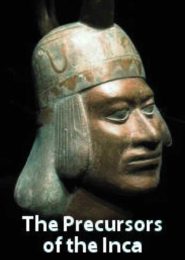Saving the Temples of the Nile (2008)
In the heart of Egypt, where the ancient sands whisper tales of pharaohs and gods, lie the magnificent temples of Ramses II, Cleopatra, and other illustrious rulers. These colossal stone structures, rising from the desert like guardians of time, held secrets that spanned centuries. But their fate was precarious—threatened by looters, earthquakes, and floods.
Then came the Aswan Dam, a modern marvel that promised progress but also posed an existential threat to these temples. In 1960, Egyptian President Nasser ordered the dam’s construction, and the waters of the Nile threatened to submerge these architectural wonders forever.
Enter UNESCO—a beacon of hope for our shared human heritage. With unprecedented determination, they rallied over 50 countries and raised $80 million. Their mission: to rescue the temples from oblivion. The plan was audacious yet ingenious—dismantle the complex and rebuild it on higher ground. The Nubian temples of Abu Simbel, including those of Ramses II and Cleopatra, were at the heart of this endeavor.
Between 1963 and 1968, saws sliced through the ancient stone, creating 1,036 blocks, each weighing between seven and 30 tons. The temples were relocated 64 meters above their original site and 180 meters further inland. It was a monumental feat—a testament to human ingenuity and determination.
On September 22, 1968, after five years of meticulous work, the temples stood anew. Their grandeur, once hidden in the pages of history books, now graced the world as a UNESCO World Heritage Site. The timeless treasures of Abu Simbel serve as a reminder that our collective efforts can safeguard the past for future generations.
This documentary, narrated by Olivier Lemaitre, retraces the pharaonic journey—the struggles, triumphs, and the unwavering commitment to preserving our cultural legacy. Through the lens of history, it invites us to marvel at the resilience of these temples and the global collaboration that saved them from the Nile’s embrace.




